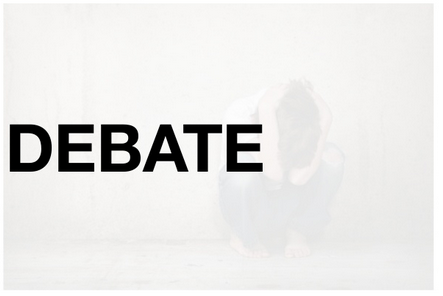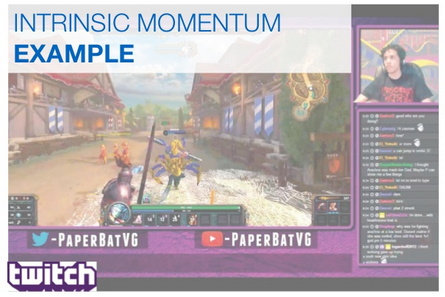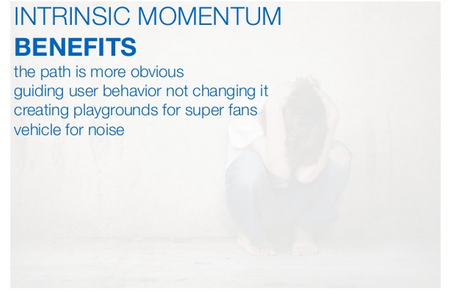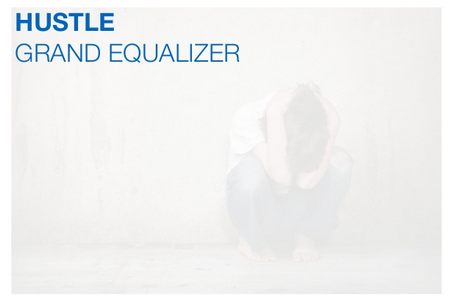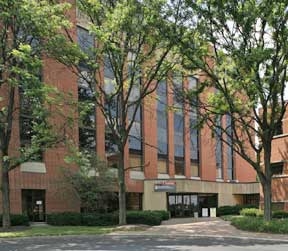Let’s take a look at the day in the life at TCO- Friday, October 9th.
9am, morning, the onslaught of emails, and i prepare the list. I told my mom the other day i can’t use notebooks or paper with lines. I’m a rampant list maker and I love the blank page. I mostly use copier paper, legal size, landscape, and work out all my notes and lists for projects on them. I then add postit notes to the mix for added clarity and goodness. Friday is the day I summarize the week, make a list of top priorities for next week and so on. Lists include things like: deals (all the deals currently in motion and what they need at the moment), events (any and all events in motion, planning etc), doing (instead of to do I always headline them as doing cause they will be done!, this are top priority across all the other lists), SHOP (everything related to the software prototyping side of my job, the prototypes in play etc), VAULT (everything related to the buckeyevault project), intake (everything coming in, meetings to have, followups etc).
10am, meeting with a professor and research assistant out of the College of Education. They’re working on a grant / research project for young kids who have hard time with reading, pronouncing, letters. The grant they are pursuing has a technology related outcome, or use of. They’d like to know what technology could be applicable to the grant and they think building an app could be it. We talk their idea, methodology, approach to the grand, the app that could be made, how could it be made, what resources on campus, what to do if you have budget or none, and who can assist them etc. At best I am a liaison, helping them guide the requirements gathering to understand what to make and then guide them through who to go to or what to do to make the app. We then discuss outcomes- i always push for the ideal- what do you want to see, what outcome do you want to have and then map it back to where we are, what assumptions have to be tested, proved etc.
I provide them with what tools I have, my paper prototyping kit, my kinda high level outline of how I’d approach the project while keeping in mind they are the subject matter experts in what they do, i am the enabling, lets make an app guy if they want that. Then the app itself, how it works, how to talk to a developer about it, getting as many unknowns “known” to save costs, reduce wonderment and enable SPEED. Then the discussion of what this costs them, my engagement, involvement, and i say—-> nothing.
Thats it, I am a service to you. Good meeting. Now there are always questions like “should they make an app” or “isn’t it likely theres an app like what they want to make already” and my answer to that is yes, maybe and don’t care. Plus it doesn’t matter. Because the drive here isn’t the app, its the research up and into the app, and the testing of their approach with an app, the data outcomes to that app they’ve designed and the impact they see using the tool they’ve produced. Commercialization wise, its iffy to unknown, as with most software and especially apps- but the mission is important, the enablement is hugely key, because when people aspire to make, they create alot of collateral intellectual property in the process, what goes to market out of this could be app, but more so its likely to be a leveraged position on the experience gained, and the wake of the project itself. For now we stay tuned on this. 🙂
Lunch, discussion on the usual AI and how its coming for us all. (not really)
1pm: SampleScan prototype demo for a student working in our CAST program. CAST is Customer Aligned Startup Training. Its a program TCO created a few years ago that allows students, who volunteer their time to work with TCO and mentors to essentially do market analysis for a technology at Ohio State. They are assigned the technology, work with TCO staff and meet with inventors, understand the project, go through a guided analysis process, do market research, come up with their analysis on the tech to market likelyhood and why etc. Its a good program. Students range from business students to specific field students, like biochem to heavy engineering etc. SampleScan is a software app and platform for a dermatology faculty member in the hospital, the software system helps dermatologists with inventory management of product samples for creams, lotions etc, samples given to patients. The problem is current tools and methods are not computerized (only that the huge huge level) and don’t comply with pharma board regulations. This project was a great example of where the SHOP and TCO essentially created the IP for the faculty member. We took a problem expressed, explored it, storyboarded the ideal, and then built it in our software prototyping center. Alex, through the CAST program, came in to get a demo of it, how does it work, we went through the roles of user scenarios involved, demo’d the app, and showed off the website interface for dermatologists covering patients, inventory, reporting, compliance, notifications, and even pharma brand interaction elements. Its a good product with a real trajectory of potential.
2pm: Meet with my interns, what projects we’re tackling in the SHOP- we’re building a cancer screening application for faculty member in the James, an insect capture and annotation app for ag bio sciences, leveraging some super computer power for image recognition project, working on a 2d to 3d building information modeling product demo for Capital Planning dept, working on product demos of some bio chem analysis software, hackathon prep, vault tweaks and new product addons, samplescan changes and improvements and more.
3pm: catch up on deals with coworkers, latest status, projects we’re working with rev1 on, getting FDA compliance docs for one project, getting better presentation material for another project
330pm: meet with alumni who has a product idea and curious on university engagement. Its not in my title really nor anyone else’s at TCO but we’re an open office for the most part, meaning if you’re part of Ohio State from employee, to faculty to student or alumni you can interface with us. Alumni often engage with the TCO office, they are curious about ongoing research programs, IP to market opportunities, or in this case their own idea they’d like advice on. I meet with these folks, notably the ones that know me, or somehow find out about me- they call, or stop by and we set up a meeting to discuss how the university can help them. In this case, Kat has a patent for a medical product, she’d like to explore alignment with the university.
that about sums up a day in the life for me at TCO…



